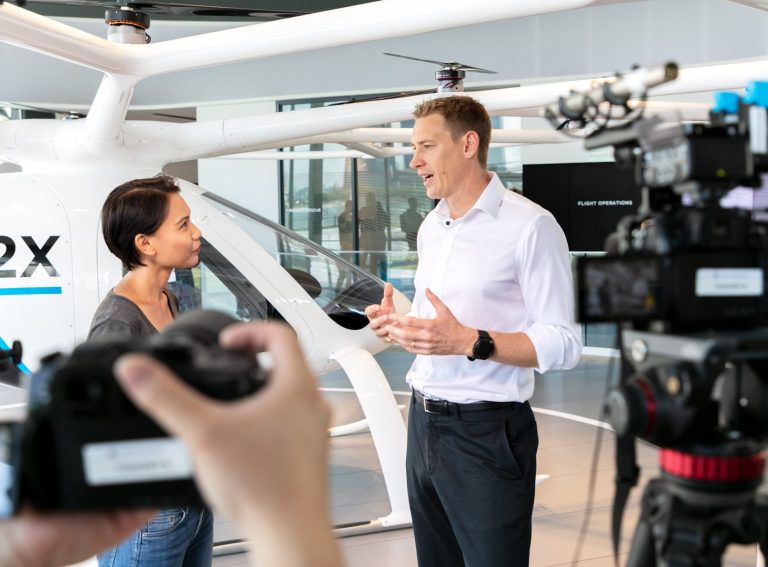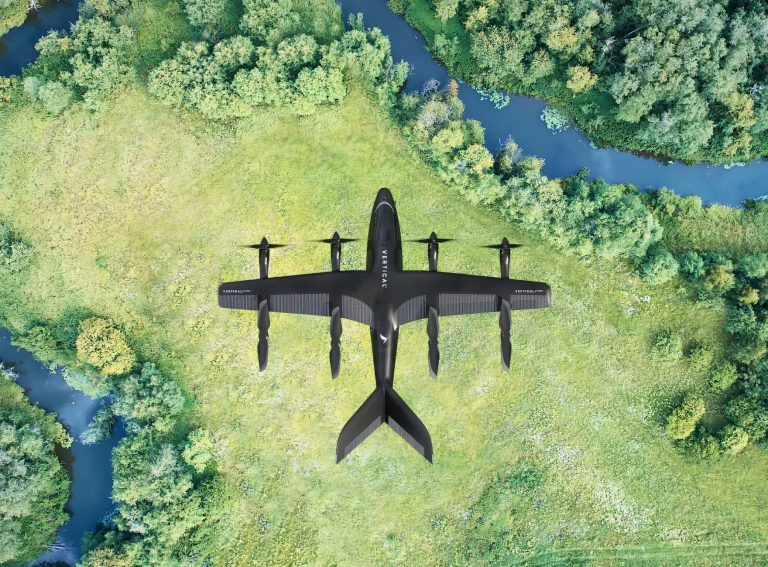This week OpenAI, the makers behind the revolutionary chatbot known as ChatGPT, unveiled a new GPT-4o model giving it an upgraded voice assistant and new abilities to understand and create videos and still images.
Now it can carry out live translation between two different languages and even reply in a human-like way by laughing at appropriate points, or when it was complimented for being ‘useful’, it replied “Oh stop it, you’re making me blush.”
The question we all want to know though is, if AI can do this, when is it going to truly impact the new mobility sector? Well, global analytics platform Anadue might just have the answer. Cue Ana.
Who are you Ana? Zag asked.
“I am your virtual data analyst. I can answer questions, produce new analysis, generate insights, create reports and make recommendations. I’m skilled in micromobility, predictive data analytics, reporting and recommendations. I can analyse your business and help make you more profitable.”
In an exclusive interview, Anadue CEO Mike Manchip and Business Development Director Adam Tarshis explain why they believe Ana is set to transform an industry struggling to turn a profit.
Zag Daily: Let’s start with the problem you’re seeking to solve.
Adam: “The challenge in the industry right now is profitability, and what to do to increase profitability. Pretty much everyone has a huge database but there’s so much friction when using data. Either you hire a very expensive team of analysts to process that data which only the biggest shared micromobility companies can afford, or you outsource your analytics to a company like Anadue. In which case, we provide a package of reports and dashboards and automations that enable you to make better decisions and to run your business more efficiently. But what is missing is the hybrid of those two solutions. And that is for companies that can’t afford a team of data analysts to be able to ask ad hoc questions to their pool of data. Getting a spontaneous answer to a question that they may only ever ask once is not quick or cheap. But by using generative AI, together with some very advanced back end analysis, you can create new automations on the fly, new queries on the fly and new insights on the fly. Anyone in the company can ask Ana a question and get the answer they need.”
Zag: Could I ask Ana as many questions as I want?
Mike: “Yes, I mean the data pool that it draws from includes things like academic papers on shared mobility, blogs we’ve written, Google, it is even pulling information from articles written on Zag Daily. You can ask and get insights about how your organisation is operating, how your vehicles are being used, where are the bottlenecks, what’s the customer sentiment. You can ask for all kinds of interesting recommendations. She’s pretty smart!”
Zag: How do you see different teams at a micromobility company communicating with Ana on a day-to-day basis?
Mike: “At the executive layer you’d have Ana sitting on your smartphone with your executive team in the boardroom and you would be discussing things like how many vehicles should we purchase this coming year? How many should be allocated to say Paris based on what we’ve seen so far in terms of population density and what we’ve seen in terms of trips with our existing fleet? Something else you might ask at the executive level is, well, we’ve got 500 vehicles in Paris, what happens if we move 150 to Berlin? What sort of utilisation will we see for those vehicles in Berlin and what impact might that have on profit?
“Further down the organisation at middle management they are going to want efficient use of resources asking things like – how can I improve the availability of my vehicles in Germany? Ana may then come back advising that you need to make battery swaps faster in the workshop. For the street teams and operational level, they need real-time precise information, such as ‘I’ve got a van that’s got capacity for five vehicles, which bikes should I pick up? We’ve also factored in route development so you can ask Ana for the most efficient route to pick up a batch of vehicles.”
Zag: Can you explain how Ana is different from a chatbot?
Mike: “We regard chatbots as actually pretty old tech. A customer care chatbot for a bank for example will be able to respond to a very specific set of tasks or questions, like how much money is in my account? So a chatbot tends to be quite static. It does not infer. It does not learn. It does not put two and two together to make four. You cannot ask a bank chatbot how can I save money this month because I spent too much money last month? Or if everything continues as it is, how much money will I have in a year’s time? Nobody at the bank has pre-programmed the chatbot to answer that question. This requires analysis of data that is not easily categorisable. That’s the giant leap being made with this technology. It’s asking questions that no human has previously considered and getting a response back in seconds.”
Zag: This is clearly a very sophisticated tool. How long has it taken to develop?
Mike: “It’s been quite a journey. We had some ideas for the first prototype in November last year and we’ve been working on it ever since. But from Anadue’s birth several years ago, we’ve been focused on machine learning. The new thing is this virtual personality which is the latest product to come out of that skill set. We’re planning to run a soft launch in June when we will unveil Ana to our existing customer base.”
Zag: What is the vision for this technology? How far do you think this could go?
Adam: “The vision of the future is that you will have a whole team of virtual personalities that will assist you in the different aspects of your business to help people do their jobs better. This means that, alongside Ana, will be a virtual operations manager and a virtual customer. The virtual customer will tell you what your customers are liking and not liking so she will effectively represent and be your customer base that you converse with.
“In terms of the business case for this, I would view it as effectively hiring a team member. Many smaller operators cannot afford a human data analyst that could go and internally create new queries or create a new dashboard or new reports, and do analysis, and then implement changes based on that analysis. That could be two people, easily three, and most small companies don’t have the cash flow available to do that. Our tool will be able to virtually do the majority of the functions that a data analyst could have done. The business case is a significant cost saving over hiring a team member. I truly believe that this will be completely transformative for shared mobility. Data has always been under utilised. Now everyone will be able to use data in an unstructured way to create new insights, new opportunities and new revenue.”





